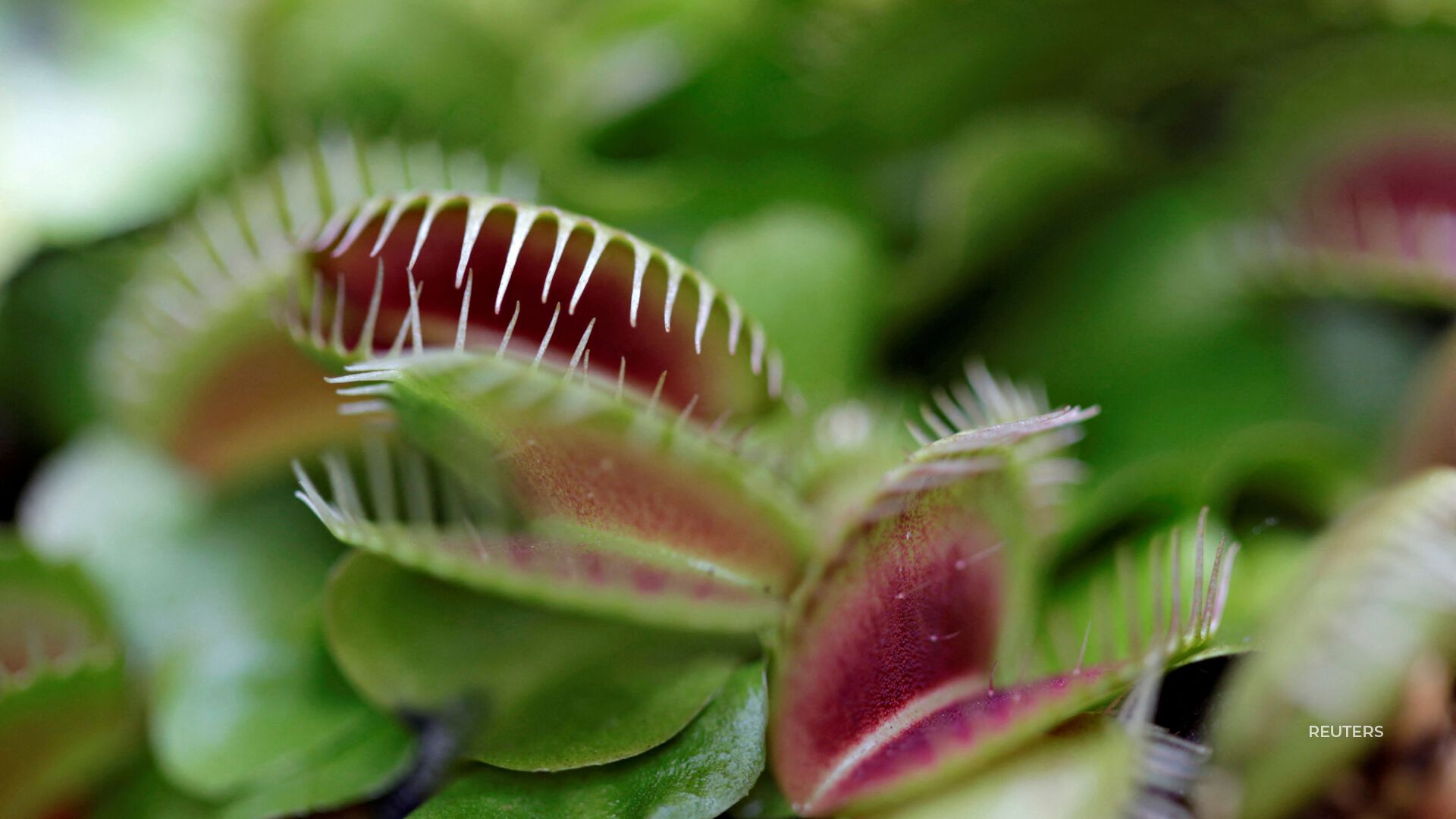According to a report released Monday by leading conservation research group NatureServe, 40% of animals and 34% of plants in the United States are at risk of extinction. The report also found that 41% of U.S. ecosystems are facing collapse.
“Two-fifths of our ecosystems are in trouble. Freshwater invertebrates and many pollinators, the foundation of a healthy, functional planet, are in precipitous decline,” Regan Smyth, the vice president for data and methods at NatureServe, said in a statement. “Understanding and addressing these risks is critical if we are to forestall devastating consequences for the biodiversity that humanity needs to survive.”
Species of animals, plants and ecosystems at risk of extinction or collapse include:
- The Venus flytrap
- Crayfish
- Nearly half of all cacti species
- 200 species of trees
- Over half of 78 grassland types
The report found the highest percentages of plants, animals and ecosystems are at risk can be found in California, Texas and the Southeastern U.S. While threats are varied, the report found the main ones include “habitat degradation and land conversion, invasive species, damming and polluting of rivers, and climate change.”
“As a result, many rare and endangered species remain unprotected, and, often, so do the ecosystems of which they are a part,” NatureServe President and CEO Sean O’Brien said in the report. “Given the scale of the current extinction crisis, now is the time to prioritize biodiversity conservation.”
Currently, $50 million in federal funding is divided up among all states to carry out their State Wildlife Action Plans (SWAPs). The Recovering America’s Wildlife Act would increase that total to $1.4 billion. Congressional sponsors say the bill will be reintroduced soon. John Kanter, the senior wildlife biologist with the National Wildlife Federation, said this would have a huge impact on the state’s abilities to protect animals, plants and ecosystems.
“Our biodiversity and its conservation is like a ‘nature savings account’ and if we don’t have this kind of accounting of what’s out there and how’s it doing, and what are the threats, there’s no way to prioritize action,” Kanter said. “This new report is critical for that.”
Reuters contributed to this report.
